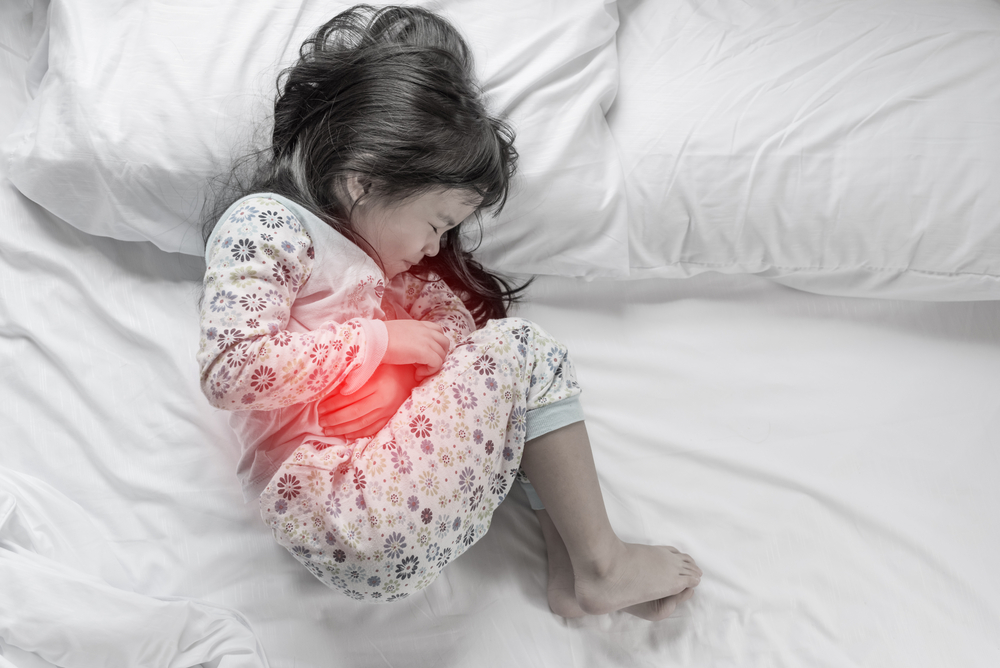
No parent wants to see their child in pain, but pain cannot be avoided, and pain can happen due to diseases and accidents. Pain is characterized by physical injury, a cut or incision, or a disease. There are certain kinds of pain that have no physical damage to the body, such as migraines, but it can still be extremely painful and uncomfortable.
The biggest challenge of treating pain in children is assessing the extent of pain they feel. It is difficult to get an accurate and objective measurement of the pain. Doctors obtain the level of pain in children in three ways, through self-reported measurements of pain, behavioral measurements of pain, and physiologic measurements of pain.
After assessing the pain, the next step is to find a cure for it. However, pain medications are not entirely healthy, and regular use of it can cause damage to the liver and kidneys.
The following are alternative ways of healing children’s long-term pain:
1. Acupuncture
Acupuncture originated from the east and was seen as a bizarre way of treating pain. However, it has become a mainstream way of treating pain these days and has proven to be effective against many types of pain. These include fibromyalgia, osteoarthritis, and back injuries. Acupuncture involves stimulating parts of the body with a needle penetrating the skin. Experts conjecture that the process produces pain-numbing chemicals on the body, or it blocks pain signals from the nerves. There is good physical evidence that acupuncture works, and many physicians prescribe it. The best thing about acupuncture is it has no side effects. So, even if it fails to alleviate pain, the patient will suffer no debilitating effects.

2. Cannabidiol
CBD (cannabidiol) has taken the market by storm since the hemp farming act, which legalized the production of hemp with less than 0.3% tetrahydrocannabinol (THC). Although CBD is a cousin to the THC-rich marijuana, it doesn’t have much THC and is thus not psychoactive and non-hallucinogenic. It can be used by people of all ages, and it doesn’t impede you from doing your normal tasks. CBD is said to be highly effective against treating pain, thus it will be safe to use for children. CBD is said to be effective because it interacts with the endocannabinoid system found in the brain and immune system. It creates signals that are anti-inflammatory and pain-relieving. Thus, pain is often alleviated with the administration of CBD in patients. Only get CBD with consistent quality to get the best pain alleviating effects.
3. Exercise
Exercise involves physical activity. It may be counterintuitive, but it does help ease pain. For one thing, exercise helps lift a person’s mood by releasing endorphins, which are responsible for feelings of well-being, and promotes happiness and elevated mood in a person. Regular exercise such as simply going for a walk or light running can help strengthen the body and also improve circulation, which can help alleviate pain. A child suffering from chronic pain however, must consult with a doctor first before starting with any exercise regimen to make sure it won’t clash with their individual health condition.
4. Lavender Essential Oil
Lavender oil is very relaxing. Lavender oil scent does not only smell good, but it is also good at mitigating pain. Lavender helps people who have trouble sleeping, have anxiety, and have pain. Inhaling lavender is particularly good for people suffering from migraines.
In animal studies, lavender oil is also found to have anti-inflammatory, pain-relieving, and antioxidant effects. Lavender mainly functions as something to be inhaled and never to be ingested. If you are going to apply lavender oil topically, it should be diluted with a carrier oil.
5. Supplements and Vitamins
Supplements and vitamins may have some pain-relieving features and help children with long-term pain. Regular administration of these vitamins and supplements helps inflammation or other types of pain. Fish oil, for example, can help ease the pain associated with inflammation. Topical capsaicin can help treat nerve pain from diabetes, arthritis, and other conditions. However, people should be wary of supplements and vitamins because they have very real side effects. For example, high doses of vitamin B6 can damage the nerves. It is a good idea to consult with a physician before starting on any supplements or vitamins to make sure it won’t counteract any of the drugs your child is already taking, and to make sure it won’t harm their health.
6. Hypnosis
Hypnosis is basically talk therapy that relaxes. In each session, the therapist will try to relax the patient through words and talk to the patient’s subconscious. The relaxed state makes the patient open to goals and suggestions, such as lowering pain. This approach has been found to be effective with different types of pain, including back pain and chronic pain.
Final Thoughts
Alternative pain management gives your child some freedom from the pain they are experiencing. It can be an effective addition to their pain management care plan to help ease the pain further. However, you should consult with a physician first before starting any alternative pain management to make sure your child will not suffer from harm or any side effects.



























